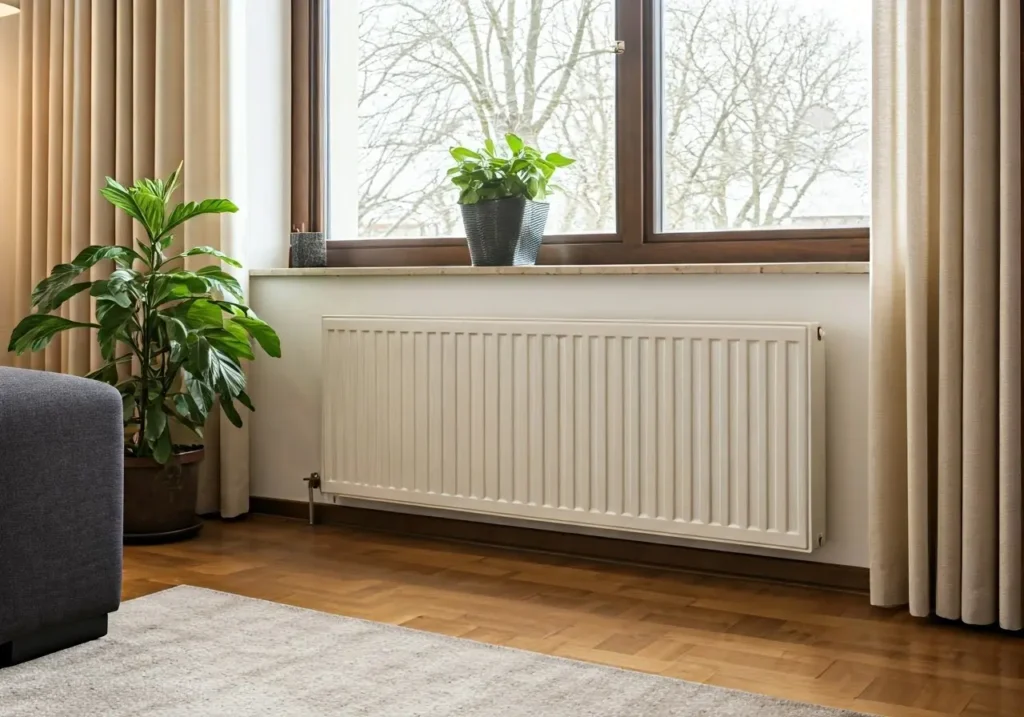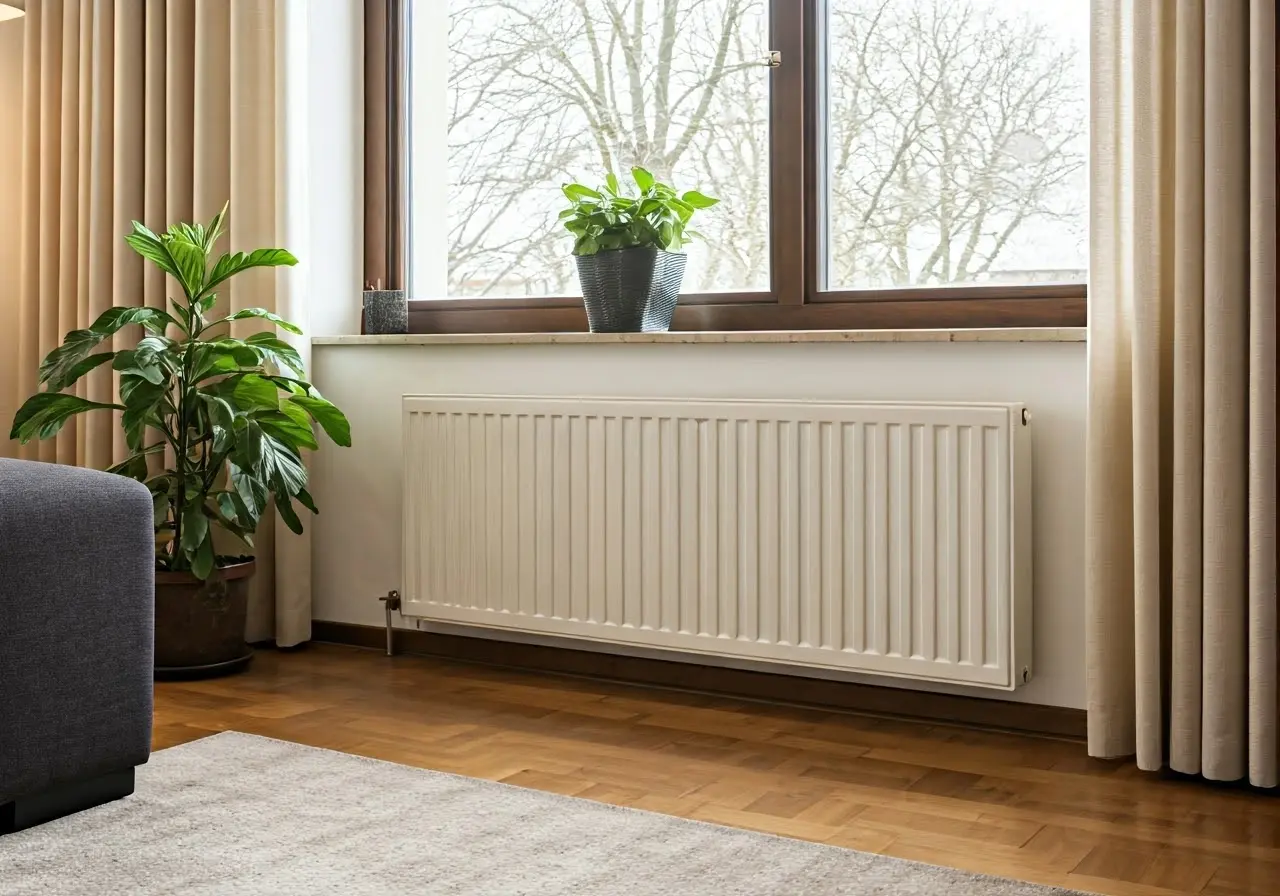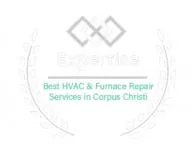Heating solutions are essential for maintaining a comfortable indoor environment, especially during colder months. However, it’s crucial to consider how these systems affect the quality of the air we breathe indoors. In this blog, we’ll explore the impact of various heating solutions on indoor air quality and how to mitigate potential issues.
How Do Common Heating Solutions Work?
Let’s begin by understanding how common types of heating solutions, such as forced air systems, radiant heaters, and space heaters, operate. Forced air systems, for instance, operate by heating air and distributing it through ducts to various rooms. While efficient, they can stir up dust particles if not well-maintained. Radiant heaters warm up objects and people directly, offering an immediate sense of warmth without disturbing air circulation. Space heaters, being more portable, are used to heat small areas quickly, but they could contribute to uneven heating patterns within larger spaces.
Most households rely on their heating systems during the colder months. Each method, from wood-burning stoves to electric heat pumps, comes with its own set of mechanisms and effects on air quality. Wood stoves, for example, release particulate matter into the air, potentially impacting indoor air quality unless adequately ventilated. On the other hand, natural gas heating systems tend to produce fewer particulates but could lead to increased levels of nitrogen dioxide, hence requiring proper installation and regular checks to maintain a safe air environment.
Beyond the traditional options, modern heating solutions like geothermal systems have gained traction. These systems leverage the earth’s natural heat, offering a sustainable way of warming indoor spaces with minimal emissions. While installation might demand an initial investment, the long-term benefits include both reduced energy costs and a healthier atmosphere within the home. It’s essential to weigh both the environmental benefits and the potential impact on air quality when selecting a heating system for your home.
Potential Air Quality Issues from Heating Systems
Explore the common pollutants and issues, like dust circulation, carbon monoxide, and indoor humidity levels, that heating solutions can introduce or exacerbate. For instance, forced air systems, if not maintained properly, can redistribute dust and allergens throughout your home. Furthermore, faulty heating systems might harbor threats like carbon monoxide leakage, a colorless and odorless gas that is extremely hazardous to health.
Heating solutions can also affect indoor humidity levels. A home that is too dry can lead to eye irritation and respiratory complications. Conversely, excessive humidity fosters mold growth, detrimental to indoor air quality. Striking a balance is crucial; humidifiers and dehumidifiers can be helpful adjuncts to your heating system, maintaining an optimal humidity range to promote health and comfort.
Understanding the link between heating solutions and air pollution is key. Different systems contribute to varying degrees of indoor pollutants. Wood-burning stoves, for example, emit more particulate matter compared to gas heaters. These particulates can penetrate and linger in indoor environments, posing long-term health risks especially to individuals with respiratory issues. Consider switching to cleaner energy solutions where feasible, like electric or renewable energy-based systems, to mitigate this risk.
Choosing the Right Heating Solution
Discover how to select a heating solution that best suits your home’s needs while minimizing negative impacts on indoor air quality. Start by assessing your home’s specific requirements and the climate you live in. Each heating system has its strengths and is suited for different scenarios. For example, a heat pump might be ideal for moderate climates, offering both heating and cooling with high energy efficiency.
Consider the environmental impact of your choice. Systems that use renewable energy, such as solar or geothermal, not only help reduce carbon emissions but also enhance air quality by minimizing pollutants associated with fossil fuels. While they might require a bit more effort during installation, these systems often pay off with cleaner air and energy savings in the long term. Check out the benefits of renewable energy systems here.
When selecting, also consider potential hidden costs such as regular maintenance and filter changes, which are crucial for maintaining high air quality. Systems with easy access to filters and low upkeep can prevent the build-up of dust and extend the life of your unit. Weighing out these factors will ensure you find a holistic solution that meets both your heating needs and health standards.
Maintenance Tips for Improved Air Quality
Learn practical maintenance tips like regular filter changes and system inspections that can help maintain good air quality when using heating solutions. Start with the basics: replace or clean filters regularly to prevent dust and allergens from circulating in your home. For forced air systems, this should become a routine action, ideally every few months, adapting to your living situation such as pet presence or allergy concerns.
Beyond filters, periodic inspections of your heating systems ensure they perform optimally and do not emit harmful gases. Carbon monoxide alarms are a safety must-have, offering protection by detecting leaks early. Regularly arrange professional servicing for your systems—what seems like a small task can prevent significant health threats and costly repairs down the road. Discover more about regular service benefits with central heating maintenance.
Additional Measures for Enhancing Air Quality
Consider additional measures such as using air purifiers, proper ventilation, and choosing low-emission heating options to further ensure a healthy indoor environment. Air purifiers, particularly those equipped with HEPA filters, effectively remove fine particulates and allergens, boosting air integrity. Ventilation systems that exchange indoor and outdoor air also reduce pollutant concentrations inside your home efficiently.
Incorporating plants into your living areas can further enhance air quality. Certain houseplants have been proven to naturally filter and purify air, eliminating toxins like formaldehyde and benzene. These green air cleaners are not only aesthetic but also functional additions for healthier breathing spaces.
Lastly, leverage technology with advanced air filtration solutions. These systems incorporate modern filtration technology, including UV light purifiers and activated carbon, known for their ability to eliminate pollutants and odors. Explore these options to enhance your home’s air quality further, ensuring a clean and safe environment for you and your family.
Balancing Warmth and Air Quality
Understanding the impact of heating solutions on indoor air quality helps us make informed choices that ensure comfort and health at home. By selecting the right type of heating system and maintaining it properly, we can enjoy warmth without compromising the quality of the air we breathe.










